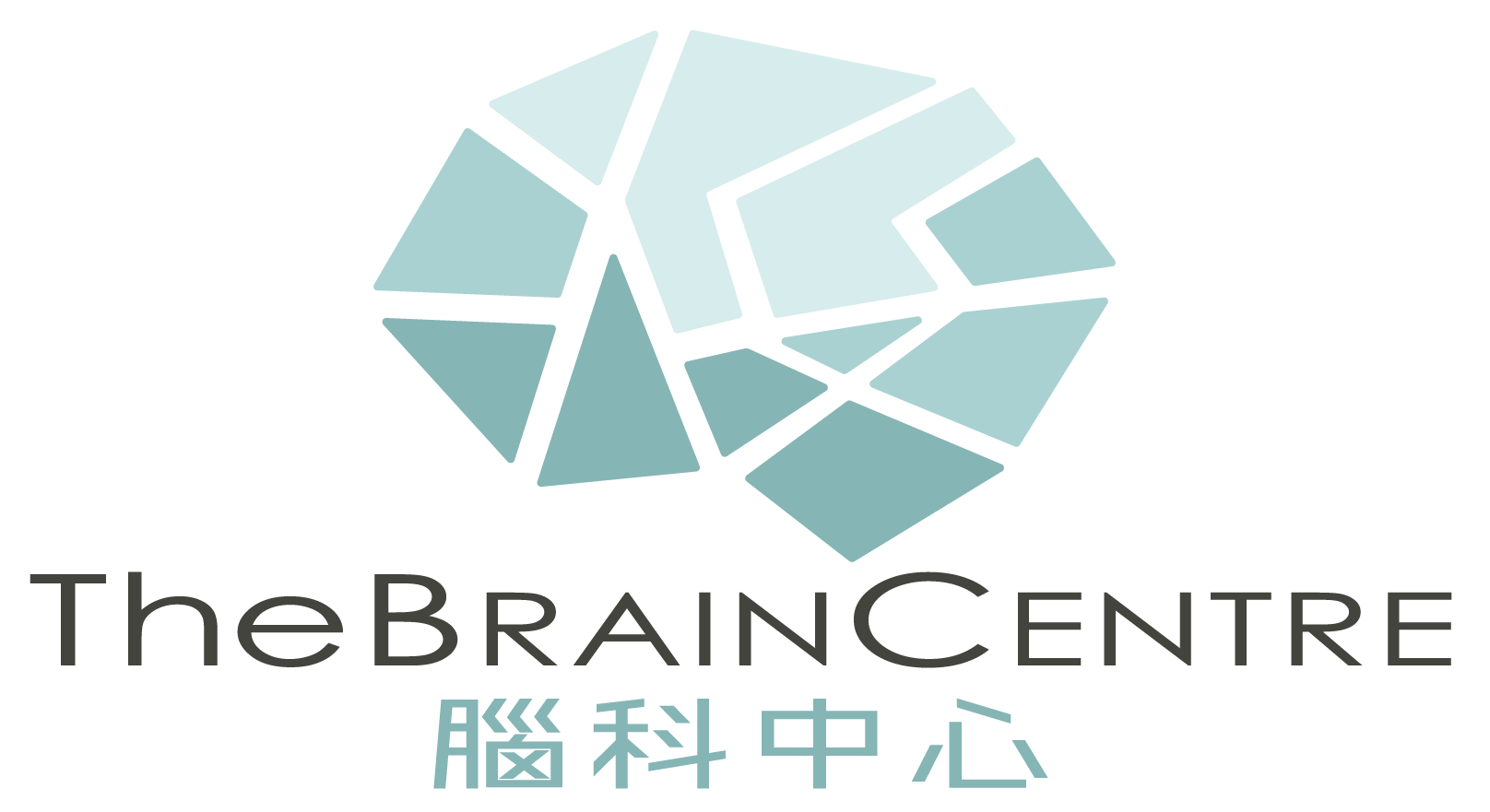Effectiveness of gamma knife radiosurgery in improving psychophysical performance and patient’s quality of life in idiopathic trigeminal neuralgia
World Neurosurg. 2018;110:e776–85. DOI: 10.1016/j/wmei/2017.11.096.
Gagliardi F, Spina A, Bailo M, Boari N, Cavalli S, Franzin A, Fava A, Del Vecchio A, Bolognesi A, Mortini P.
Objective
To assess effectiveness of Gamma Knife Radiosurgery (GKRS) in improving quality of life (QoL) in patients with idiopathic trigeminal neuralgia (TN).
Methods
Between January 2001 and October 2013, 166 patients with medically resistant TN were treated at our institution with GKRS. Patients were divided into 2 groups: patients with typical TN (TTN) and patients with atypical TN (ATN). All patients underwent clinical evaluation using Marseille and Barrow Neurological Institute pain and numbness scales; in addition, they completed the Short-Form 36 Health Survey, Activities of Daily Living, and Excellent Good Fair Poor questionnaires and underwent psychological and neurologic examination.
Results
Mean follow-up time was 64.7 months. All Short-Form 36 domains were significantly improved in both groups after treatment, with an evident trend to reach the median values of healthy Italian population. Mean
postoperative Activities of Daily Living score in the TTN group and ATN group were 5.8 and 5.4, respectively, and Karnofsky Performance Status increased to 94.2 and 86.4, respectively. Pain recurrence negatively affected patients’ QoL and psychofunctional performance without reaching statistical significance. At the last follow-up, 73% of patients were clustered in the pain-relief group.
Conclusions
GKRS significantly improves QoL and functional and psychosocial performance of patients with idiopathic trigeminal neuralgia. A trend was observed toward a more favorable outcome in patients with TTN, compared with patients with ATN, without reaching a statistically significant distinction.
